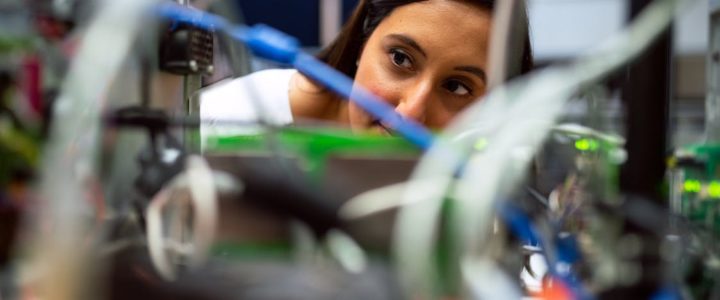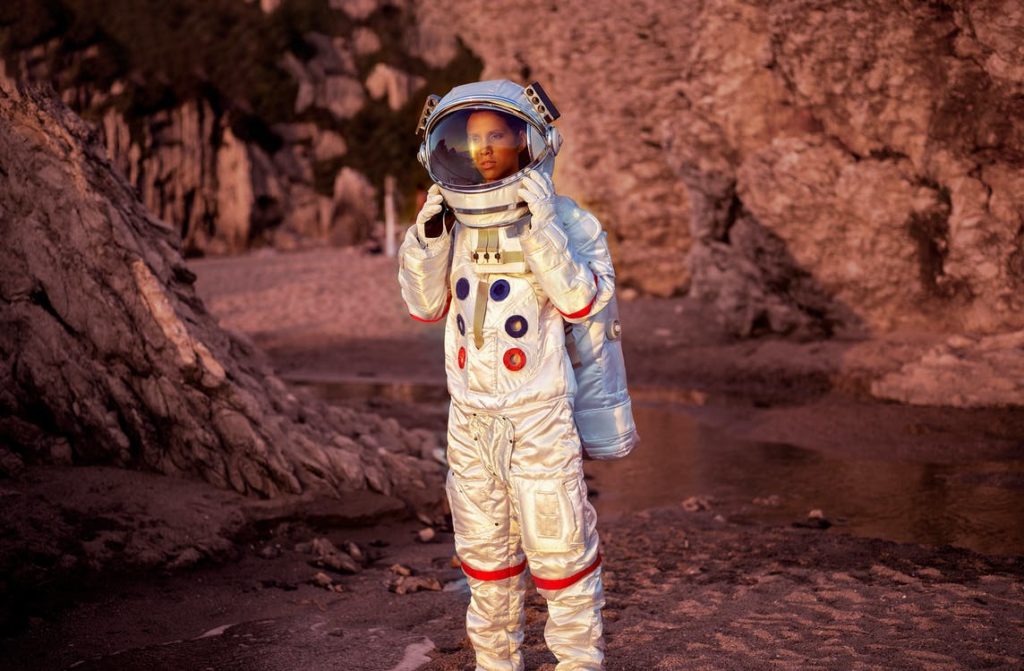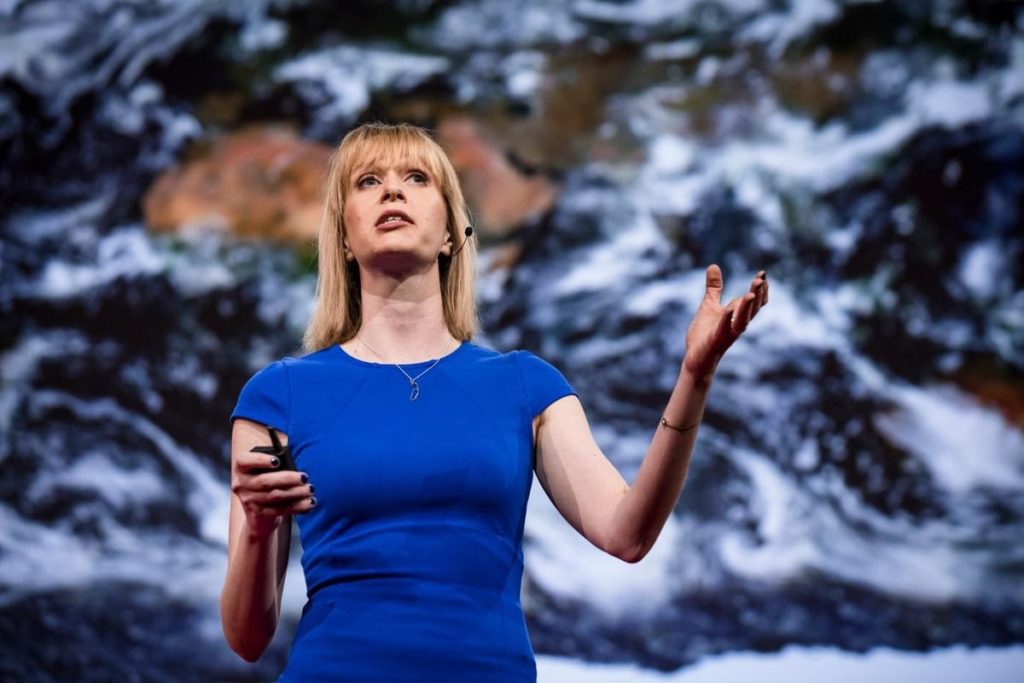
According to UNESCO data (2014-2016) less than 30% of researchers around the world are female and only around 30% of female students worldwide choose to go into STEM-related careers in higher education. Specifically, female students’ enrollment is 5% in natural science, mathematics, and statistics; 3% in Information and Communications Technology; and 8% in engineering, manufacturing and construction. Studies even show that women in STEM fields are paid less for their research, publish less, and do not progress as much as men do in their careers. This is largely because girls are taught to believe that they are not smart enough or naturally gifted in science related fields.
Like the real world, the world on television also shows similar biases toward women in science related fields. A 2015 Gender Bias Without Borders study revealed that only 12% of onscreen characters with an identifiable STEM job were women. As a result of these gender biases against women in science, on December 22, 2015, the United Nations Educational, Scientific and Cultural Organization (UNESCO) decided to name February 11th as The International Day of Women and Girls in Science to further achieve gender equality and the empowerment of women in science.

The International Day of Women and Girls in Science is a reminder that females play essential roles in science and technology and their participation should be celebrated and strengthened. Even with long-standing biases and setbacks against girls in science related fields, women have lead ground-breaking research. They have, for instance, created life-saving medicine, discovered world-changing inventions, explored space, laid the foundation for understanding modern nuclear science, and made scientific gains in understanding plant pathology. Let’s name of few of these incredible, inspiring female scientists:
1) Tu Youyou (1930-Present) is a pharmaceutical chemist who discovered a treatment for malaria due to her discovery of artemisinin—a compound that quickly decreases the amount of plasmodium parasites in the blood of patients with malaria. Her research has saved millions of lives and the World Health Organization suggests artemisinin combination therapy as the first line of defense against malaria.
2) Kiara Nirghin (2000-Present) won the 2016 Google Science Fair for making a super absorbent polymer that can hold more than 100 times its mass. Nirghin’s creation is revolutionary for water conservation, sustaining crops during droughts, and increasing food security around the globe. It is also cost efficient and biodegradable since it is made from orange peels and avocado skins.
3) Katherine Johnson (1918-2020) was a mathematician whose calculations for trajectories, launch windows, and emergency return paths enabled the first U.S. astronauts to fly into space and Earth’s orbit. You may remember Johnson as one of the leads in the movie Hidden Figures. Johnson was the first African American woman to attend her graduate program at West Virginia state and one of the select few African American women to work on the NASA space program. Despite the discrimination Johnson faced for her gender and race, she continued working hard and researching because she knew she belonged on the team.
4) Marie Curie (1867-1934) was a physicist and chemist whose radioactivity research set the foundation for modern nuclear science (e.g. X-rays and radiotherapy for cancer treatment). Curie was the first woman to win the Nobel prize and the first person to win two Nobel Prizes in different science fields. Curie invented mobile X-ray units that helped more than one million wounded soldiers in World War I, and she discovered two radioactive elements—polonium and radium.
5) Segenet Kelemu (1957-Present) is a molecular plant pathologist whose innovative research helps understand how plains plants endure many challenges (i.e. drought, herbivores, pests, and climate change), and from this research we can implement biotechnology to help smallholder farmers grow more food and rise out of poverty. Kelemu, herself, grew up in a poor farming family in Ethiopia. Determined to rebel from her region’s norm to marry, she instead was the first woman from her region to get a college degree. Kelemu was elected as a Fellow of The World Academy of Science in 2015 and named one of the 100 most influential African women by Forbes America. Kelemu’s dedication to pursue science inspires us to work hard for causes we care about.
6) Cynthia Kenyon (1954-Present) is a molecular biologist and biogerontologist who is known for her developing methods to slow aging and prevent age-related diseases. Kenyon discovered that altering a single gene in roundworms could double their life span, provoking Kenyon to examine aging in humans. Kenyon was able to pinpoint which genes could help humans live longer and determined a common hormone-signaling pathway controls the rate of aging.
7) Kate Marvel is a climate scientist and an Associate Research Scientist at NASA Goddard Institute for Space Studies and Columbia Engineering’s Department of Applied Physics and Mathematics. Marvel’s research focuses on climate modeling to better predict how much Earth’s temperature will increase in the future. Via computer modeling Marvel has investigated clouds’ role in global warming as clouds both cool the planet and reflect solar radiation back into space. Marvel also has examined soil moisture around the world and found from various soil samples, tree ring data, and computer models that humans are impacting drought levels from namely aerosol emissions.
8) Eunice Foote (1819-188) was a scientist, who made a novel discovery in the 1850s: greenhouse gases would help form the foundation of modern climate science. Foote is the first scientist known to have experimented on the sun’s warming effect on various gases. Foote’s ingenious experiment included two glass cylinders filled with different substances, such as moist air and carbon dioxide. She then placed a thermometer in each container and left them in sunlight. Foote found that the cylinder filled with moist air got hotter than the one with dry air, and the cylinder with carbon dioxide was the hottest. Thus, Foote concluded that an atmosphere of certain gases would cause Earth’s temperature to warm. Besides being a scientist, Foote was a women’s rights activist who attended the first women’s rights convention, the 1848 Seneca Falls Convention.
Women in science are unbelievably inspirational role-models. Despite stereotypes, hardship, biases, and discrimination, women are capable of everything men are.










